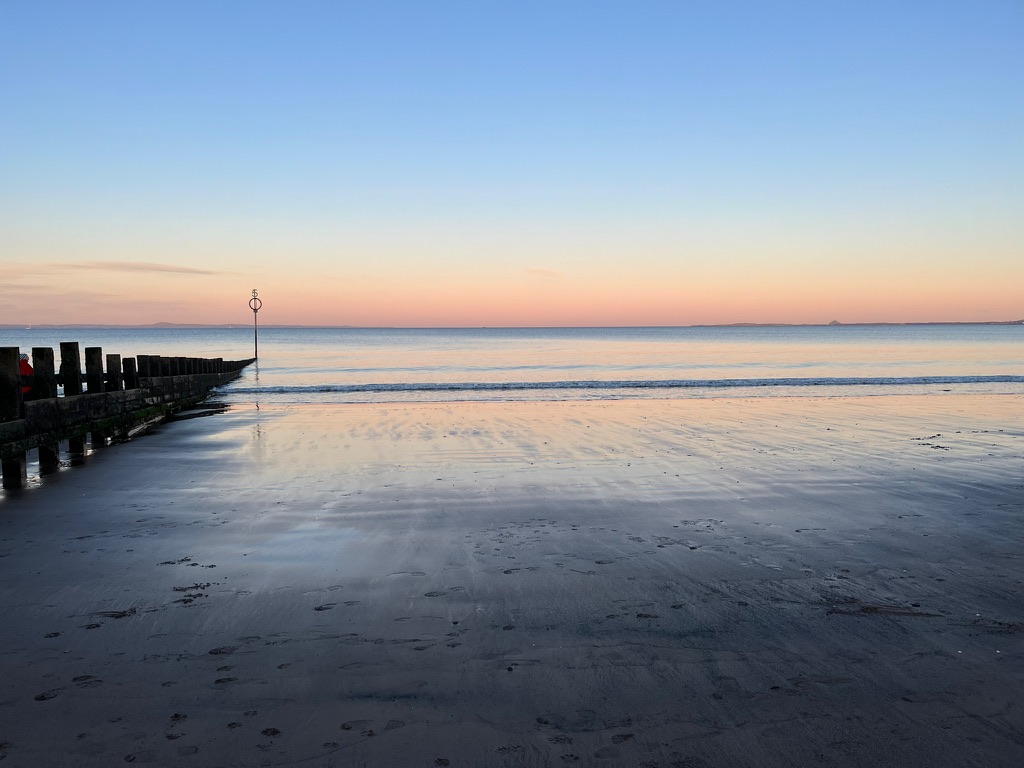
The benefits of Cold Water Immersion
There have been many articles, reports and documentaries made in recent years highlighting the physical benefits of cold water immersion. What are the physical but perhaps more importantly, the mental benefits of cold water immersion?
- It prepares your body both physically and mentally to deal with stress.
- It stimulates the “fight or flight” response by releasing adrenaline into your body and glucose and fats into your bloodstream – in a way that can be controlled, structured and progressive.
- Adrenal glands in turn release cortisol, a stress hormone, which ensures your body maintains this state for a number of hours, burning calories, providing pain relief and giving you a “post swim high.”
- Your body quickly adapts, over the course of around 6 -8 sessions, to the immediate and natural response of “Cold Water Shock”- this can be maintained by weekly dipping, and will not be lost once established for up to a four week period.
- You can develop the ability to control your breath, rate of breathing and your heart rate settles quicker.
- All of this is likely to assist your ability to deal with every day stress.
What else?
- Cold water immersion, through stress response, also kick starts the immune system, just what we need in these crazy times!
- Reduces inflammation, providing relief from physical pain.
- High levels of inflammation are linked to increased instances of depression, reduce the inflammation and reap the benefits.
Is there more?
- Camaraderie with a new social swimming pod?
- Motivation and encouragement, boosting confidence and self worth.
- Exercising in itself is well known for making us happy but outdoors, the sky is the limit!
- Stimulation of the vagus nerve (if you are brave enough to dip the back of you neck in the water) which in turn stimulates the parasympathetic system allowing you to relax quicker after a stressful encounter.
- Links are now being made to the benefits cold water immersion has on menopause symptoms, Alzheimer’s and chronic fatigue.
And last but not least!!!
It provides a great excuse for a cake and a warm drink, whilst you peruse the beautiful scenery and the body of water in which you have just bathed – BLISS.
EXTRACTS FROM BLOG JULY 2021
Mindful Swimming
You may improve your mindfulness through “Sunrise Swimming” in a calm serene dawn light – where you can “drink in” the atmosphere. Through “Wave Jumping” in a choppy sea, where your focus is on staying upright and not on the daily concerns. Or even through having to remain mindful and focused on your breath and composure in order to control breathing and heart rate.
Many people have turned to Wild Swimming in the pursuit of Mindfulness. By submerging in Scotland’s cold water, we are forcing ourselves to focus on our breathing – a meditation technique used in Mindfulness practices. The Outdoor Swimming Society featured a super article guiding us on how to complete a Mindful Swim.
Reducing inflammation
This one might not be new information, as many of you will know how great baths and spas can feel if you have aches and pains. After a hard day in the garden or a heavy workout, there is nothing better than immersing yourself in a warm fragrant bath. However, why not explore the additional attributes that swimming in Scotland’s beautiful and varied waters allow. Cold water is well known for reducing inflammation, offering relief from aching muscles and sore joints – hence athletes traditionally take ice baths. However, did you know that reducing inflammation has a positive effect on reducing instances of depresssion.
Fight or Flight Response
“Wild Swimming” in Scotland’s cold / crisp waters, forces our bodies to enact our “fight or flight” response – a sure fire way to get those endorphins flowing. The ability to control the fight or flight response helps to ensure that when you encounter stressful situations in daily life, you are in a better position to deal with them. Regular immersion in cold water stimulates the vagus nerve and allows the bod to recover more quickly when stressed. The Outdoor Swimmer magazine highlights some of these adaptations in an article published in October 2020.